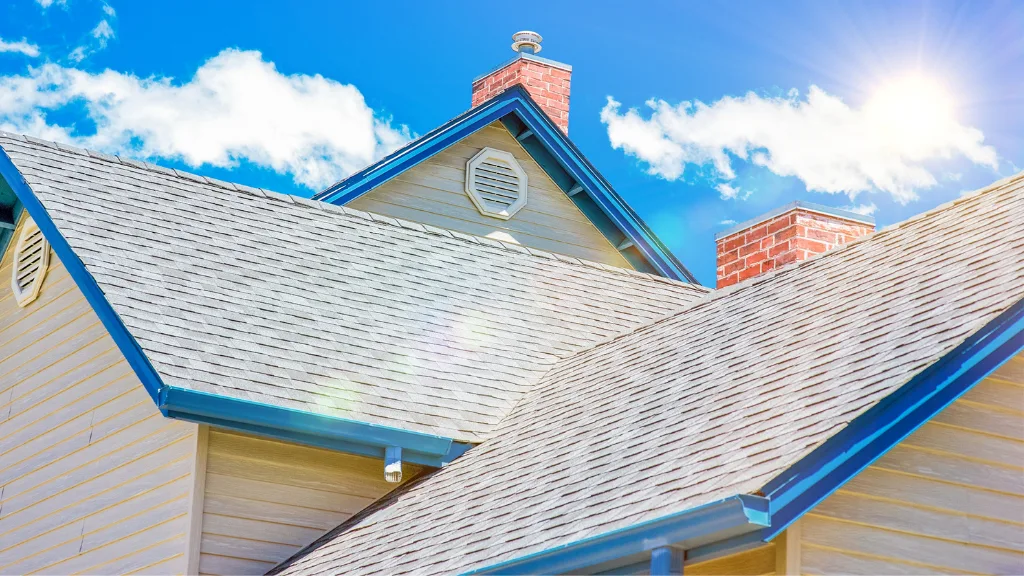
Roofing terms are often confusing for homeowners. If you’re not sure what a valley or ridge cap is, then this article will help clear things up.
Also learn about the different types of roofing terminology and how to identify them using our handy guide!
Roofing Terms and Definitions
Ridge Cap: A ridge cap is a metal or shingle cover on top of the ridge which protects and covers up any exposed wood.
Valley: A valley is where two roof surfaces come together, usually with a gutter in between them to collect water from either side. Valleys can be created when there are multiple roofs in the same structure.
Gable: A gable is a triangle-shaped section of roof that’s at least two feet wide, which extends from one side to another and has no ridges or peaks in between them. When you see roofs with several sections like this it means there are multiple roofs on top of each other.
Roof Pitch: Roof pitch is the measurement of how steep or shallow a roof surface appears to be. It’s calculated by dividing the rise over run, where ‘rise’ means vertical height and ‘run’ means horizontal length.
Roof Slope: Roof slope is the degree at which a roof surface lies in reference to horizontal. It’s usually indicated by an angle, or how much it tilts. A flat roof has zero degrees of slope, while roofs with high slopes are called steep and those with low slopes are referred to as shallow.
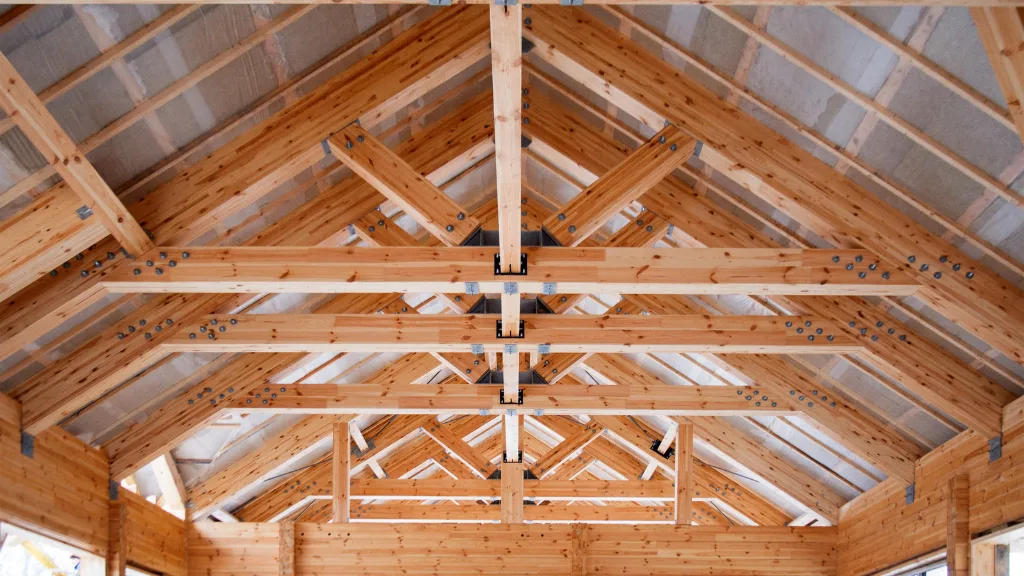
Roof Overhang: Roof overhangs occur when a roof surface extends past the exterior walls of a structure. With overhangs, roofs in this way are able to provide shade and shelter from rain or sun for windows on lower levels.
Single-Ply: A single-ply membrane is an elastic sheet made from polyvinyl chloride that doesn’t have any seams or welds anywhere. Single-ply roofs are simply made of one layer, which is why they’re also known as single-ply membranes.
Two-Ply: A two ply roof or membrane has at least three layers that each have their own function; the topmost surface provides protection while the underlying ones provide strength and weight resistance.
Metal Roofs: A metal roof is a durable and strong type of single-ply membrane that’s made from either steel or aluminum.
Asphalt: Asphalt shingles are the most popular types of roofs because they’re affordable, come in many colors and styles, and don’t require much maintenance.
Clay/Concrete Tiles: Concrete and clay tiles are made from baked mud, which is then treated with fire to reach the required strength.
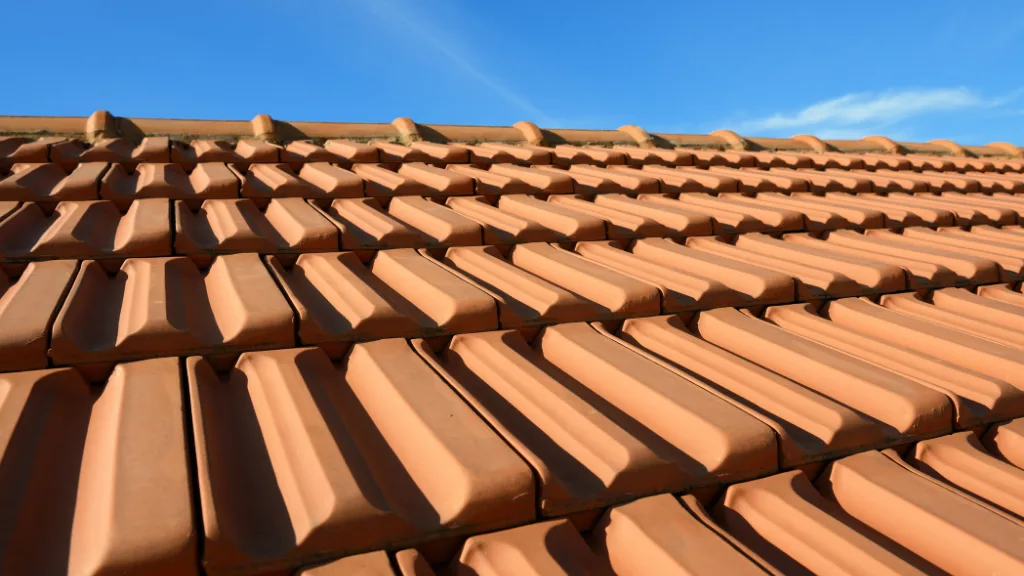
Slate: Slate roofs are composed of several layers that feature slate or shale; these materials resist wear and tear while providing a long-lasting and attractive finish.
Wood Shingles: Wood shingles can be created with cedar, redwood or pine wood. They have a long lifespan and are easy to install, but they’re prone to rotting if not properly maintained.
Roofing System: A roofing system is all of the components that work together to create a finished product. The two main types are built-up roofs and single ply membranes, with each one coming in many different varieties.
ASTM – American Standard Testing Methods: ASTM is a standards organization that provides testing procedures and material requirements for building construction. It’s responsible for verifying if roofing materials comply with the relevant codes by using scientific methods of examination, which ensures quality products are being used on roofs.
GAF – The Roofing Materials Manufacturer: GAF manufactures high-quality residential and commercial roofing materials, and is one of the most successful roofers in North America. It’s been around for over 60 years and has earned a reputation as an expert manufacturer that supplies only premium products to contractors and homeowners alike.
TPO – Thermoplastic Olefin: TPO is a plastic membrane often used on flat roofs because it’s highly durable, flexible and low-maintenance; it can also be easily installed.
TPE – Thermoplastic Elastomer: TPE is a synthetic rubber that has more flexibility than TPO membranes but less durability; it usually comes with an aluminum or fiberglass backing for increased strength.
Modified Bitumen Membrane: Modified bitumen membranes have a base of rubber or plastic that’s been reinforced with an aluminum coating. They’re highly durable and offer protection from water, chemicals and harsh weather conditions.
Rubber Membrane: Rubber roofs are made entirely out of rubber to create a waterproof seal between the roof surface and any other materials it comes in contact with.
Woven Polymer: Woven polymer membranes are highly durable and come in a wide range of colors, which makes them ideal for residential roofs. They’re also resistant to mildew growth since their surfaces aren’t porous like other roofing materials.
TPT Membrane: TPT is a synthetic rubber that has more flexibility than TPO membranes but less durability; it usually comes with an aluminum or fiberglass backing for increased strength.
PVC Membrane: PVC roofs are often used to create green buildings because they’re more environmentally friendly, require little maintenance and can be recycled at the end of their lifespan.
Ceramic Tile/Clay Roofs: Ceramic tiles are made from clay but can also be composed of other materials, which often comes with a fiberglass backing to increase strength and durability.
Built-up Roof: A built-up roof is made of several layers of roofing materials that are applied one over another to create a finished product.
Felt/Tar Paper Layer: Felt or tar paper is used to cover the roofing shingles, and it’s included in most built-up roofs.
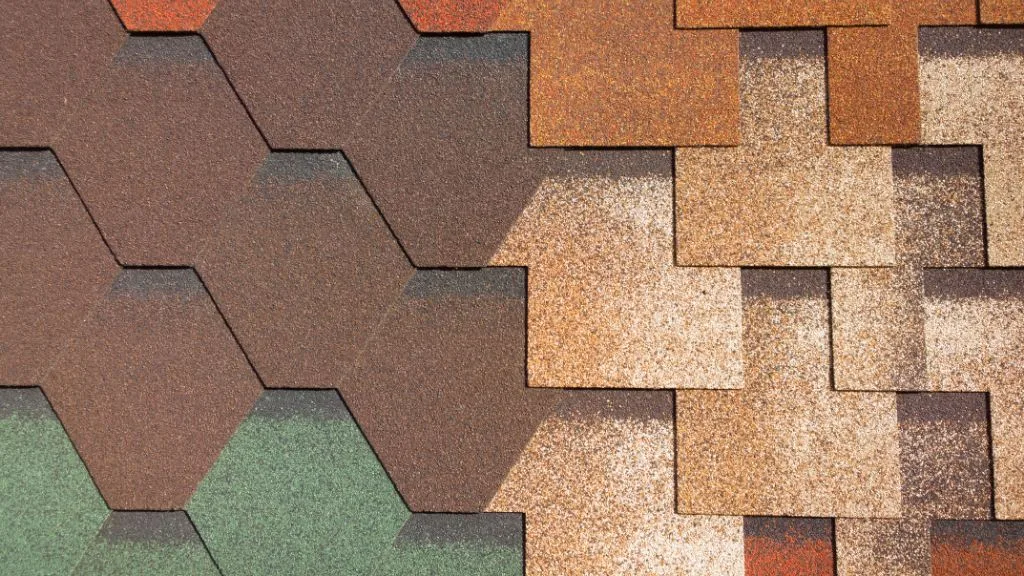
Flashing: Flashing is metal that covers areas of a roof where there are seams or joints between different materials; this prevents water from leaking into these vulnerable areas.
Base Flashing: Base flashing is a layer of two-sided metal tape that’s applied over the decking to help prevent water from seeping underneath it.
Hip Flashing: Hip flashing covers gaps between roof surfaces and exterior walls, which prevents leaking into these areas that are highly susceptible for damage or rot.
Vent Pipe/Flashings: Vent pipes are used to release moisture that builds up in the roof, while flashings prevent water from leaking into these vulnerable areas.
Ridge Vents: Ridge vents help reduce heat build-up by allowing air flow between different parts of a roof. They’re often installed along ridgelines due to their ability to regulate temperature and increase airflow throughout the entire structure.
Skylights: Skylights allow natural light to enter the interior of a building; they come in several different shapes and sizes, with most models having tempered glass for added strength.
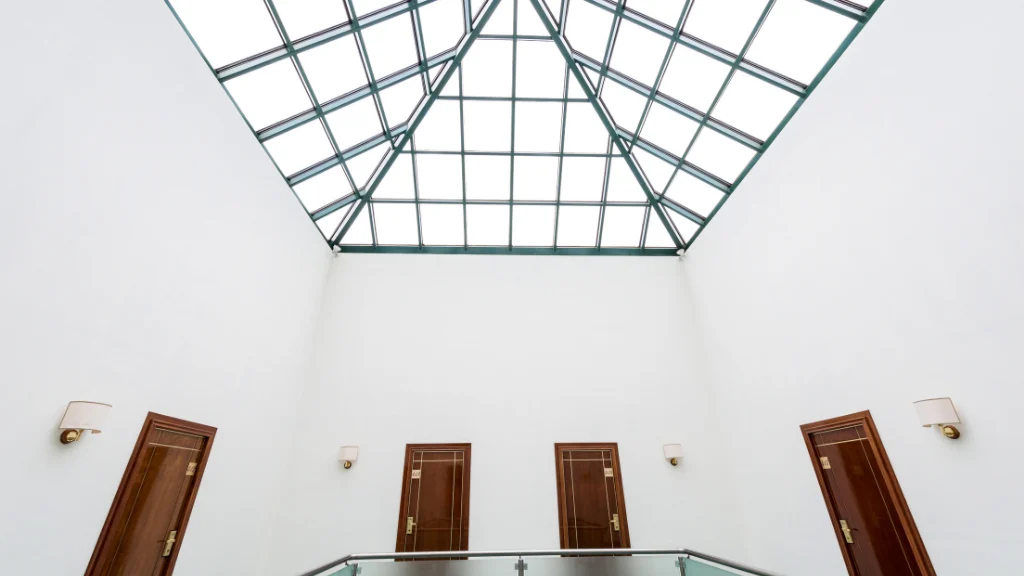
Fan Vents/Gable Vents: Fan vents are installed on roofs to increase airflow throughout the attic space while gable vents help reduce heat build-up by allowing air flow between different parts of a roof.
Blind Nailing: Blind nailing is a roofing procedure that involves the insertion of small nails through seams between different parts of a roof; this prevents water from seeping into these areas.
Eaves: Eave overhangs prevent rain and snow from falling directly on top of an exterior wall, which helps reduce potential damage to it. They’re also useful for preventing water from seeping into areas of the roof that are highly susceptible to damage.
Rafters: Rafters are horizontal supports that span between two vertical walls; they’re often used in conjunction with rafter ties or ceiling joists for increased support and stability.
Roof Blisters: Roof blisters are raised areas of a roof that form around the spot where air has collected underneath it; this often occurs when there’s not enough insulation or ventilation.
Roof Butt: Roof butt is a metal support that’s installed beneath the outer edge of an existing roof, which helps prevent it from sagging or collapsing.
Roof Flashing: Roof flashing are seams made out of tape-like material used to cover areas where different parts of a roof intersect; this prevents leaking into these vulnerable spots.
Caulk: Caulk is a sealant that’s used to cover areas where two different surfaces meet; it prevents water from seeping into these unprotected joints.
Class “A” Roof: A class “A” roof is the most fire resistant type of roof that can be built; it’s made from highly combustible materials, which makes them extremely difficult to burn.
Coating: Roof coating is a water-resistant sealant that’s used to protect areas where two different materials meet; it prevents leaking into these vulnerable spots.
Roof Collar: A roof collar is a metal support that’s installed beneath the outer edge of an existing roof, which helps prevent it from sagging or collapsing.
And the list goes on and on…
You may want to know more about roofing definitions, so you should check out https://en.wikipedia.org/wiki/Roof and a lot more online resources.

